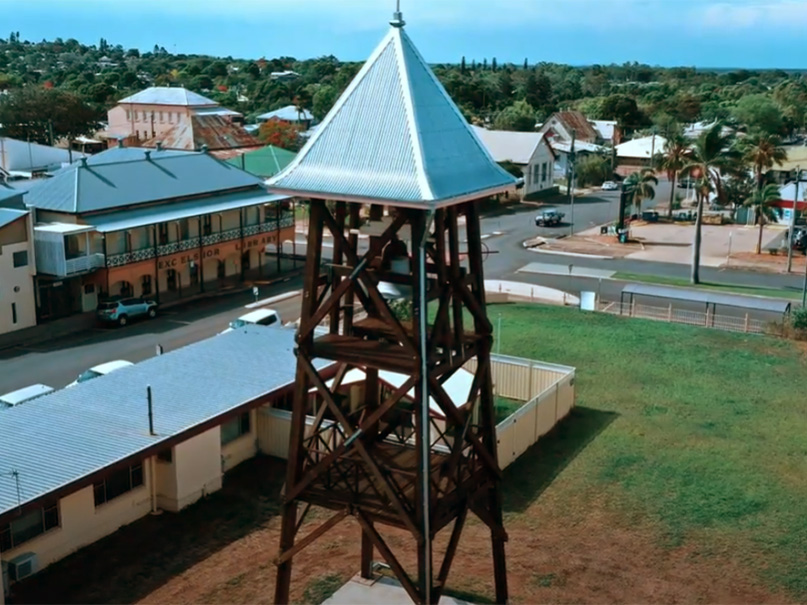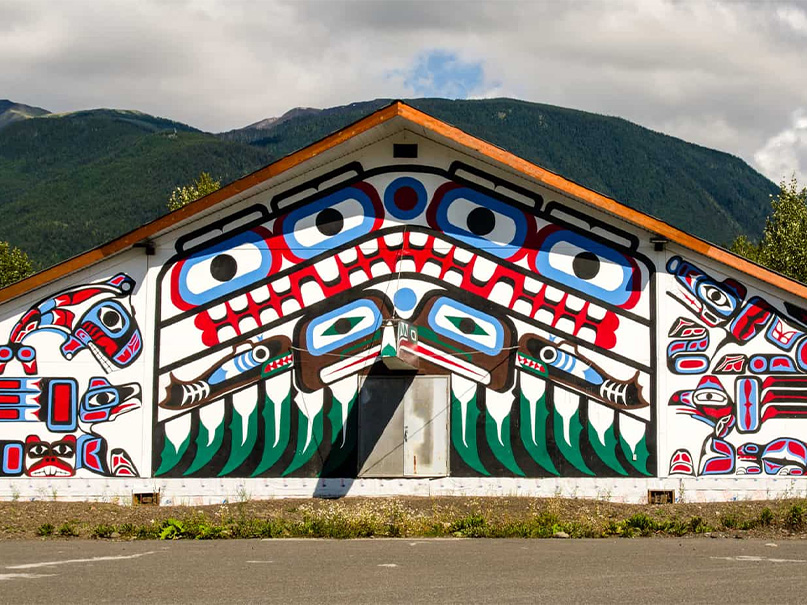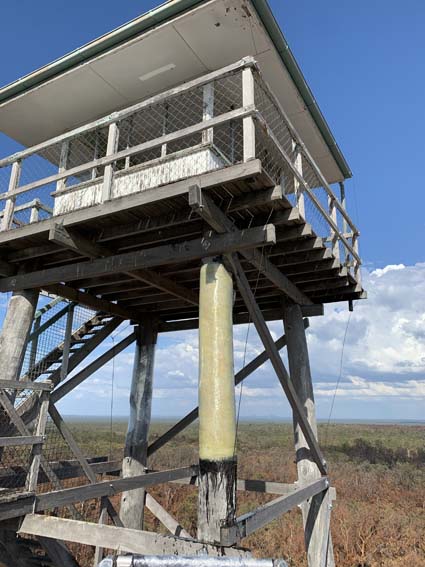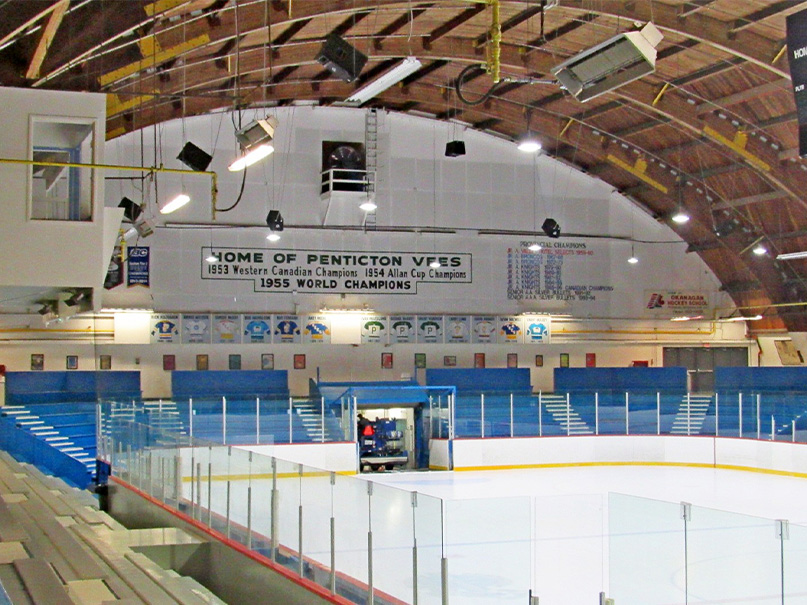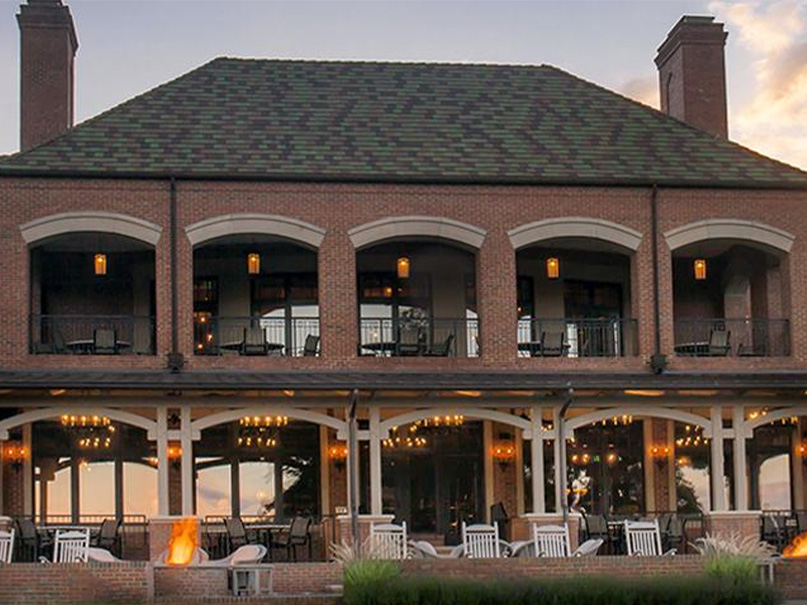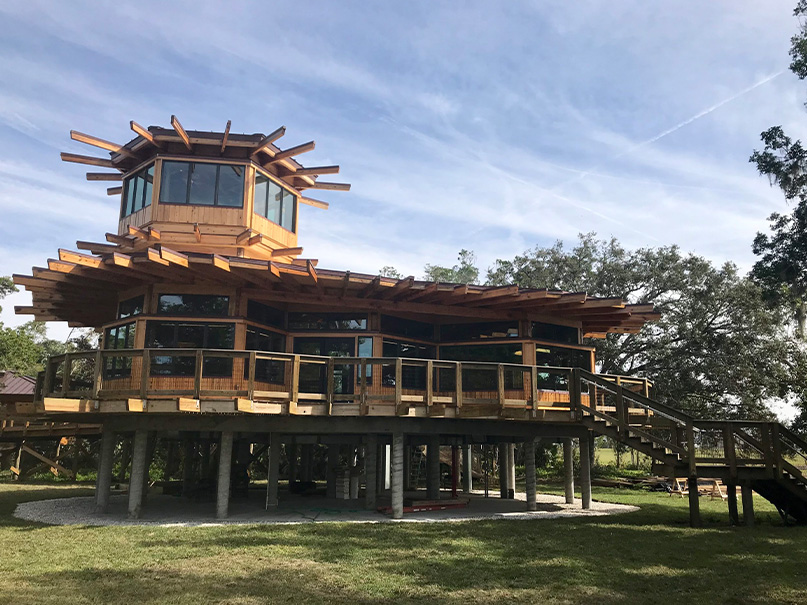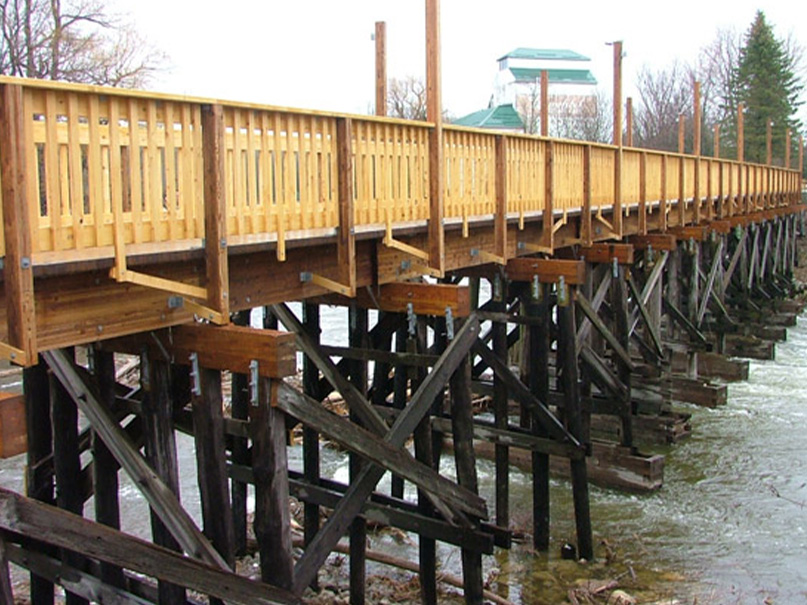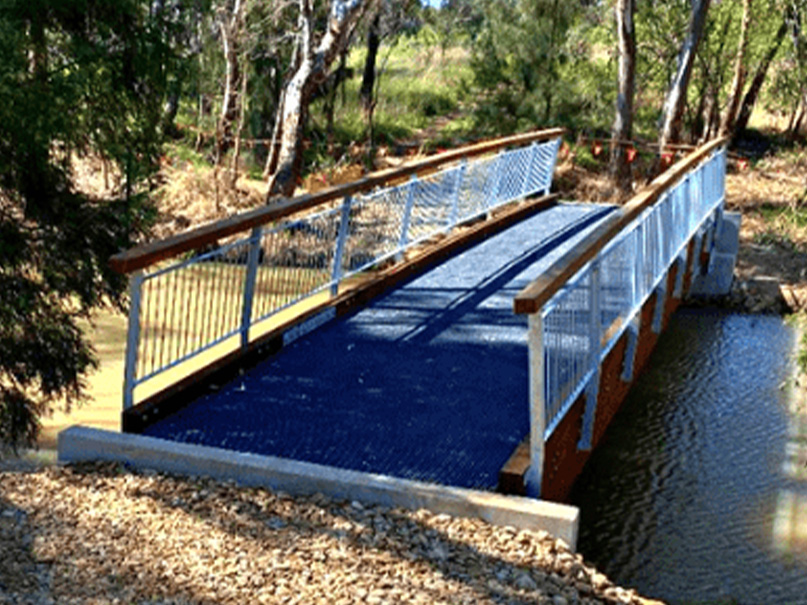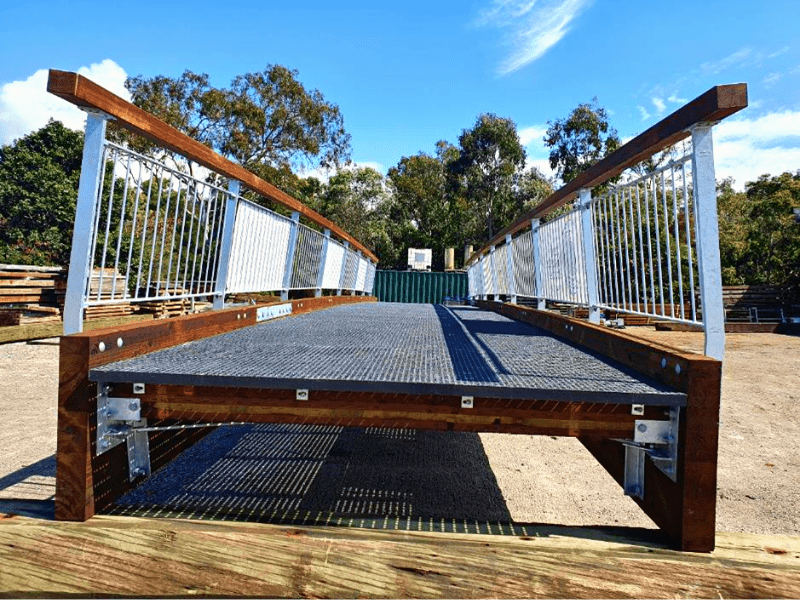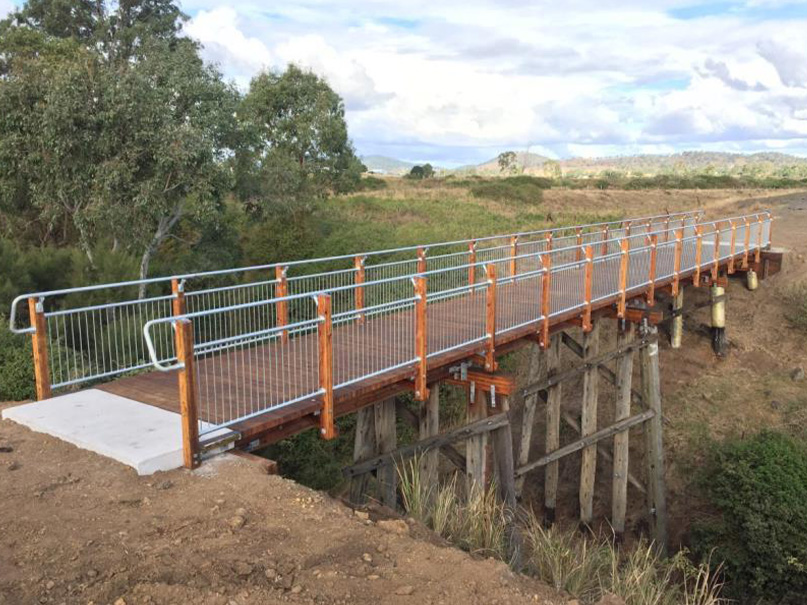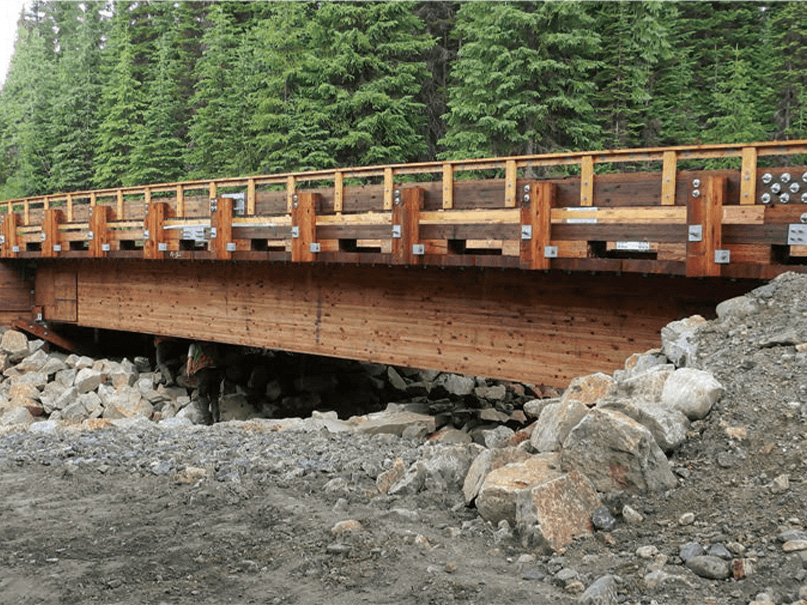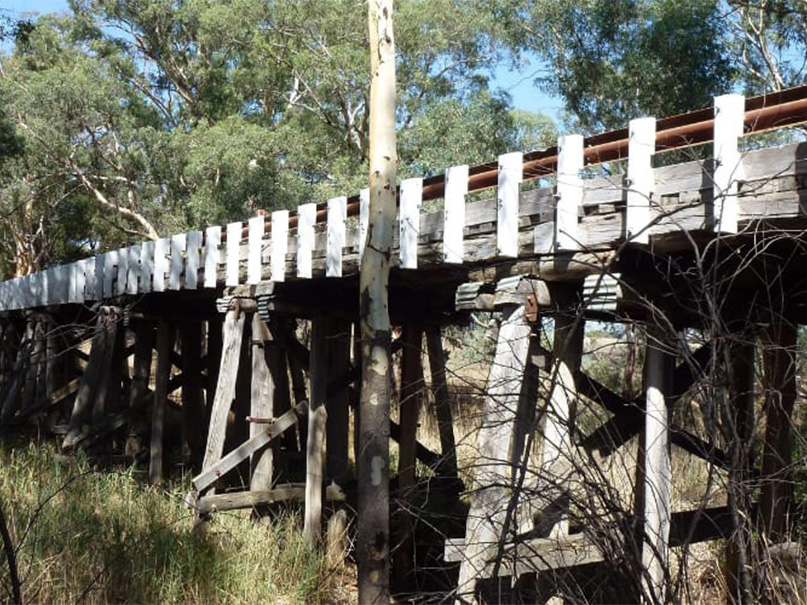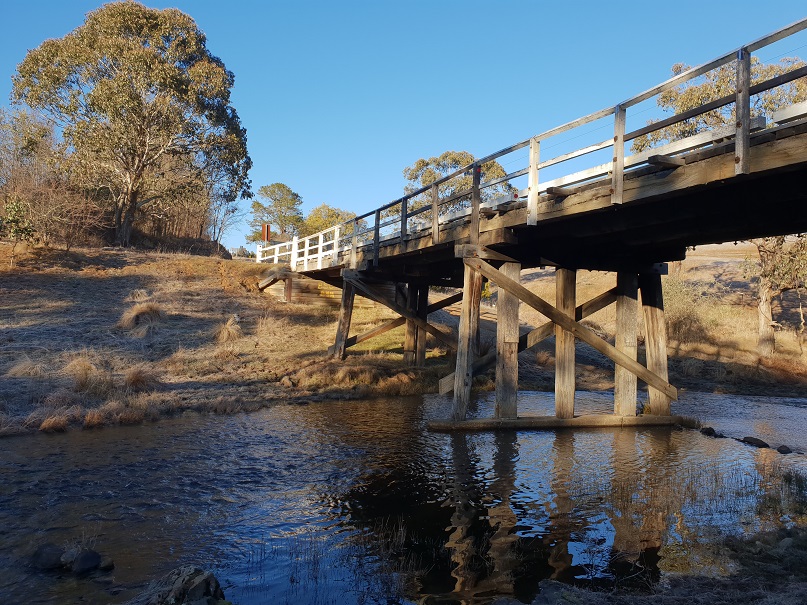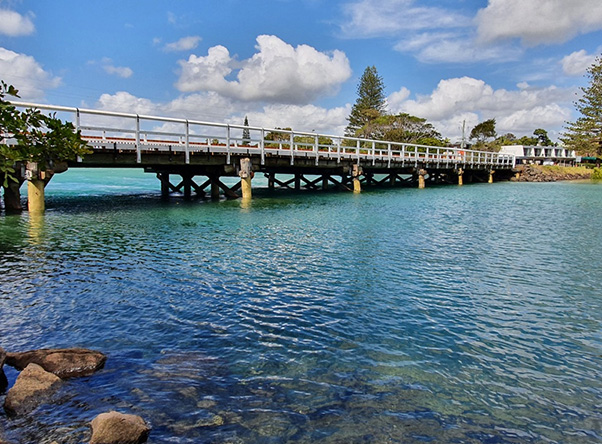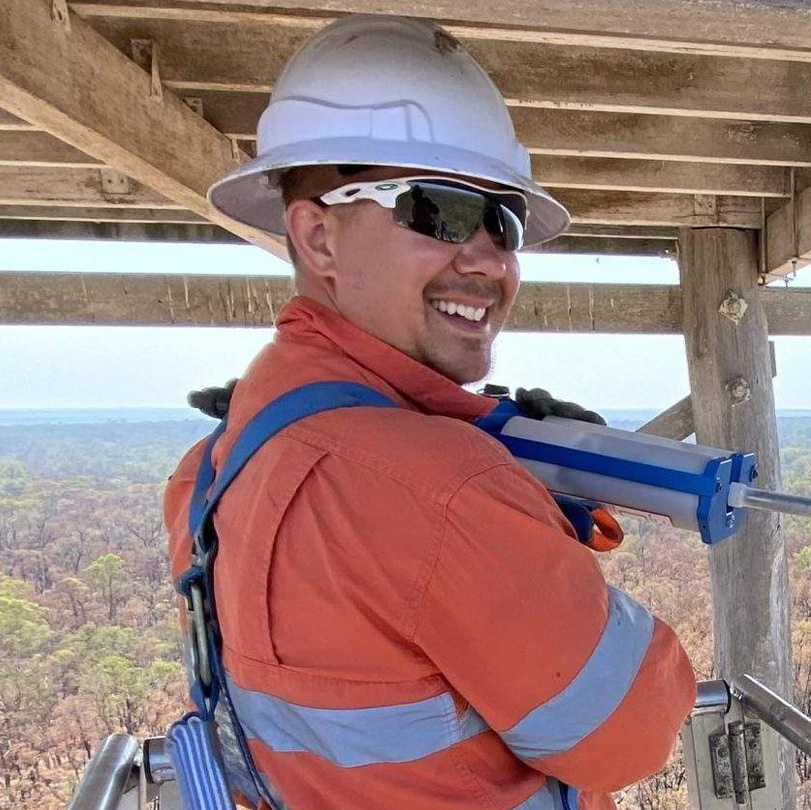In the wild ride of pushing innovation to its limits, the architecture and construction worlds have stumbled upon a real game-changer: mass timber. It’s become a shining star of sustainability and versatility, popping up in warehouses, industrial spaces, and even data centers. This isn’t just some fad; it’s a big deal showing what it’s truly capable of.
The first time I saw a building made of mass timber, I was blown away. The material’s beauty and strength were just so obvious, making it easy to see why it’s getting so popular. But as we get all excited about this cool material, there’s a big question on my mind: How does mass timber hold up in an unconditioned environment?
This question goes beyond just the technical stuff; it’s personal. It’s about figuring out how the spaces we build can endure over time and nature, and how they can keep us safe, secure, and in touch with the world around us. By digging into this, we’re not only architects or builders; we’re guardians of a future where innovation and sustainability go hand in hand.
Unconditioned Spaces: A Test of Time and Timber
Dealing with buildings that don’t have any sort of temperature or humidity control is an adventure. Picture walking into a place that’s completely at the mercy of the weather – it’s like taking a step back to a time before we had the luxury of modern climate control. These spots turn into silent battlegrounds where the toughness of materials is put to the test.
The Balancing Act: Equilibrium Moisture Content
The equilibrium moisture content (EMC) is basically where mass timber feels at home in an unconditioned space. Think of it as a cool dance between temperature and relative humidity (RH) – super important to keep that moisture content (MC) under the 20% mark to avoid any bacterial party starting. The USDA Forest Service Wood Handbook is like your go-to guide, mapping out what the MC looks like with different temps and RH mixes. For example:
- At 50°F and 50% RH, wood MC chills at 9.5%.
- Turn up the heat to 100°F and jack up the RH to 90%, and you’re hitting an MC of 19.5%.
These numbers? They’re not just for kicks; they tell you how mass timber is going to hold up in the real world. So, what do we need to know, and what are the implications for working with mass timber in unconditioned spaces?
The Big Takeaway
The biggest takeaway is that MC is a critical factor in the performance of mass timber in unconditioned environments. It’s essential to carefully monitor and control MC throughout the entire manufacturing and construction process to ensure the longevity and durability of these buildings. Proper handling, storage, and treatment are all crucial to maintaining the ideal MC levels for mass timber.
But it’s not just about technical specifications and numbers; it’s also about understanding how different elements like temperature, humidity, and moisture interact with mass timber in real-world conditions. This knowledge can help architects and builders make informed decisions when designing and constructing building in unconditioned environments.
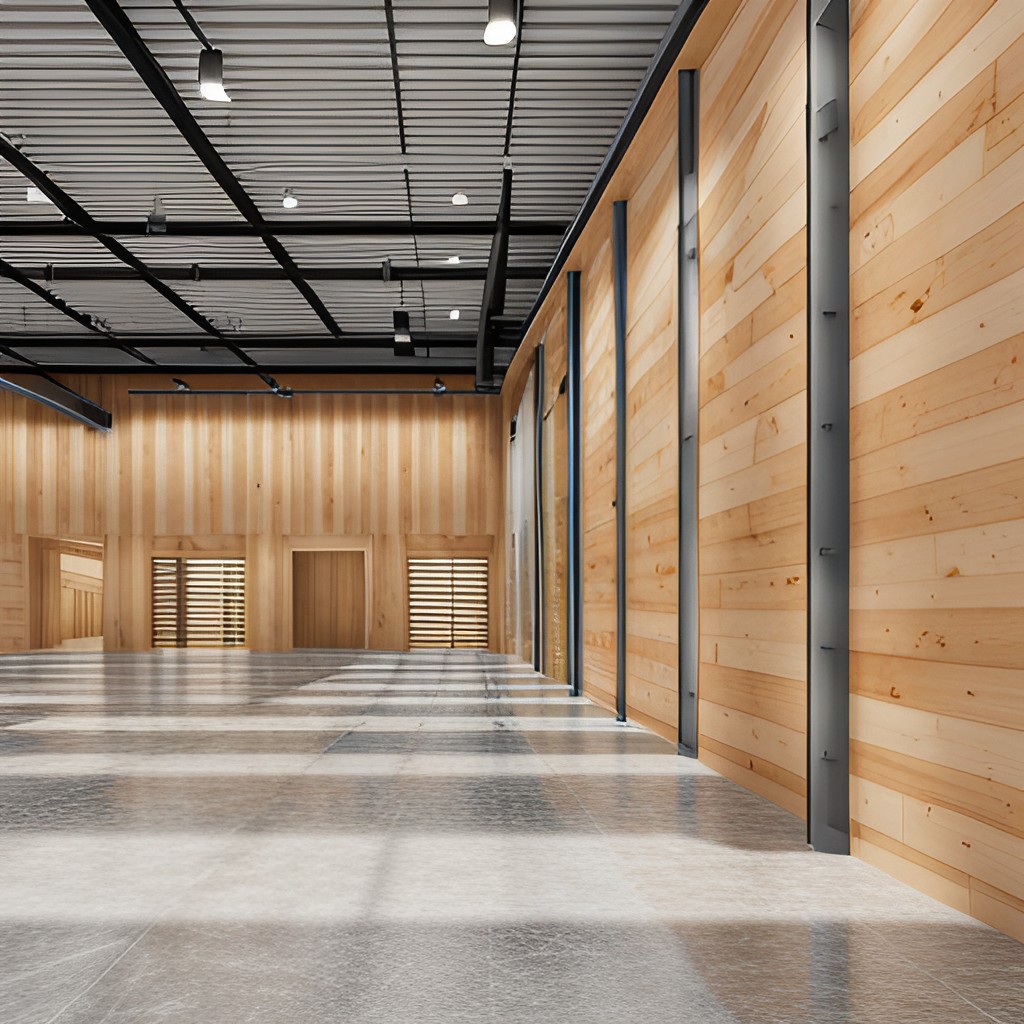
Challenges and Solutions
As with any building material, there are challenges that come with using mass timber in unconditioned spaces. However, these challenges can be overcome with proper planning and execution. Here are some common concerns and solutions:
- Moisture Management: As mentioned earlier, moisture is a critical factor when it comes to the performance of mass timber in unconditioned environments. Proper moisture management techniques, such as using vapor barriers and proper ventilation, can help keep MC levels in check.
- Thermal Performance: Mass timber has excellent thermal performance, but it’s essential to consider insulation and air sealing to maintain a comfortable temperature inside the building.
- Fire Resistance: While mass timber is naturally fire-resistant, it’s still essential to incorporate fire protection measures, such as sprinkler systems and fire-rated coatings, in unconditioned spaces to ensure the safety of occupants.
- Durability: Properly treated and maintained mass timber can last for centuries. However, regular inspections and maintenance are crucial to ensuring its longevity in unconditioned environments.
Beyond the Numbers: Practical Considerations
But there’s more to the story than moisture. The design of the building itself plays a role. Consider Cross-Laminated Timber (CLT), which thrives in dry conditions with an MC under 16%. Or ponder the impact of intentional openings for natural airflow—will they be a boon for breathability, or will they tip the scales toward moisture mayhem?
Embracing the Variables
The truth is, that mass timber can indeed grace unconditioned spaces with its presence. But it demands a vigilant eye on the variables that govern its well-being. From safeguarding against moisture during transport and storage to understanding the interplay of temperature and RH, the key to unlocking mass timber’s potential in unconditioned environments is a blend of knowledge and foresight.
Is humidity doing its thing? Check. Temperature rising and falling all day long? Double check. With a little extra care, mass timber is ready to take on the wild side of construction in unconditioned environments, proving once again that it’s more than just a passing trend – it’s here to stay.
In the end, mass timber stands tall not just as a material, but as a symbol of our adaptive ingenuity. It asks us to consider not only how we build, but how we protect and preserve the very elements that make our structures stand tall.
So as we continue to push the boundaries and explore new frontiers of architecture and construction, let’s not forget the importance of considering how our materials perform in all types of environments. Whether it’s unconditioned spaces or extreme climates, understanding and utilizing the strengths of mass timber can lead us toward a more sustainable and resilient future for our built environment.
Let’s keep innovating and embracing the variables because that’s what is at the forefront of progress.


